We are now aware that CBD, whether it’s broad spectrum or CBD isolate, is extracted from the hemp strain of the cannabis plant. What most of us don’t know is that CBD (as well as THC) in the cannabis plant is present in the form of acid precursors known as “CBDA, cannabidolic acid, or acidic CBD” rather than just CBD. The CBDA is inactive and needs to be activated to unlock its complete benefits. Thanks to the process of decarboxylation, the inactive CBDA in the raw cannabis plant transforms to the active CBD. The acidic cannabinoids are thermally unstable and can undergo decarboxylation when exposed to light or heat via smoking, heating or drying.
What Is Decarboxylation and Why Is It Necessary?
Decarboxylation is a chemical reaction that involves detaching a carboxyl group, or acid, from a molecule. A carboxyl group (COOH) comprises of a carbon atom bonded to an oxygen atom (CO) and a hydroxyl group (OH). Removal of a carbon atom from the rest of the chain results in the release of carbon dioxide.

The CBD molecule from which a carbon atom has been detached is also known as the “decarbed” CBD (“de” means to remove and “carb” is for the carbon atom). The process occurs after exposure to heat or light. More precisely, decarboxylation is decomposition catalyzed by heat.
This reaction transforms CBDA into the actual CBD, which can exert its actions in your body immediately. This is because decarboxylation of CBD increases its bioavailability, meaning that more of the active CBD is available right away to be used by your body.
So, what about CBDA? Is it completely useless? No, CBDA has its own health benefits. However, it’s not as effective as its decarbed version, is not readily available and your body has to try pretty hard to process the molecule.
With all that said, it is important to note that decarboxylation doesn’t neutralize all of the acidic cannabinoids present in the raw cannabis, which is why almost all cannabis-derived products/formulations will display some level of acidic cannabinoids (i.e. CBDA or THCA) on the label. This means that the decarboxylation process of cannabis/CBD is typically “partial.” The two variables required for successful activation of CBDA in the raw cannabis flowers are heat and time. When heated for just the right amount of time and temperature, the acidic cannabinoids change form to become THC and CBD.
Is there an optimal temperature for decarboxylating CBD? High CBD strains are usually decarbed at moderate temperatures of 320 to 356 degree Fahrenheit (160 to 180 degree Celsius) for extended periods.
 A moderate temperature will delay the process but will retain more terpenes. The terpenes are the oils that impart cannabis its unique aroma and flavor, and bring a lot of benefits to the table, including beefing up the benefits of CBD and other cannabinoids in a broad spectrum CBD
A moderate temperature will delay the process but will retain more terpenes. The terpenes are the oils that impart cannabis its unique aroma and flavor, and bring a lot of benefits to the table, including beefing up the benefits of CBD and other cannabinoids in a broad spectrum CBD
Very high temperatures as seen with smoking and vaping are likely to activate the cannabinoids faster and deliver them right away to your bloodstream but damage other beneficial compounds (terpenes) in the process.
Likewise, if the temperature is too low, the precursor CBDA will not decarboxylate, preventing you from reaping the desired benefits.
Is CBD Decarbed Before or After Extraction?
Now that we know the process of decarbing CBD and its benefits, let’s take a look at the pros and cons of decarboxylating CBD before and after extraction.
Manufacturers may choose to decarb CBD before or after extracting the oil. However, it appears that decarboxylating CBD prior to extraction carries more benefits.
In general, the moisture present in a plant before heating slows down the extraction process and makes it less effective by affecting the flow of molecules inside the extraction column. In contrast, heating before extraction helps rid off the moisture content, speeding up the runtimes and positively impacting the overall yields.
 In addition, the extraction methods of CBD use lipid-loving (non-polar) solvents like hydrocarbons and supercritical CO2. The acidic, non-decarboxylated forms of cannabinoids are less soluble in these solvents, interfering with the process of extraction.
In addition, the extraction methods of CBD use lipid-loving (non-polar) solvents like hydrocarbons and supercritical CO2. The acidic, non-decarboxylated forms of cannabinoids are less soluble in these solvents, interfering with the process of extraction.
The opposite is true for the neutral forms of THC and CBD, which easily dissolve in such solvents. Therefore, obtaining these neutral forms, or carrying out decarboxylation prior to extraction can do the trick by making the solvent more efficient at seizing cannabinoids and accelerating the extraction.
How Is Decarboxylation Done After Extraction?
Carried out in an extraction lab, the process of decarboxylation involves heating the material at a controlled temperature for a certain period of time. The method most commonly used professionally to separate the cannabinoids is liquid chromatography and mass spectrometry (LC/MS).
Liquid chromatography separates the cannabinoids in a pressured-liquid system, and a mass spectrometer captures, ionizes, deflects, detects and analyzes different cannabinoid molecules depending on their mass to charge ratio.
Coupled, LC/MS allows for immediate decarboxylation, separation and identification of cannabinoids in less than 3 minutes using extraction columns with small diameters.
And there you have it! That’s how CBD becomes what we all know and love — who would’ve thought?
Thanks for reading! To show how much we appreciate you, we’re going to give you 16% off your next order. Just use code READER16 at checkout!









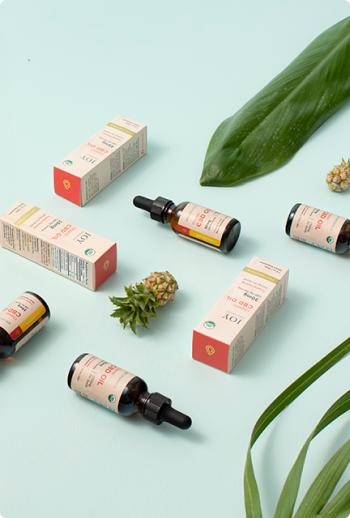
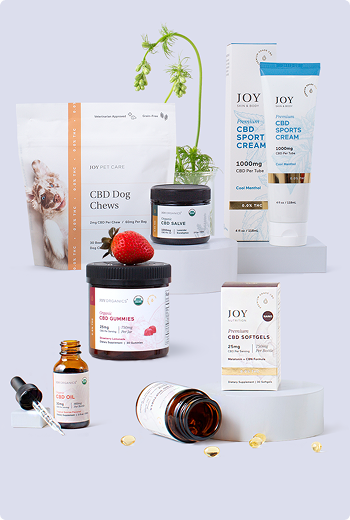
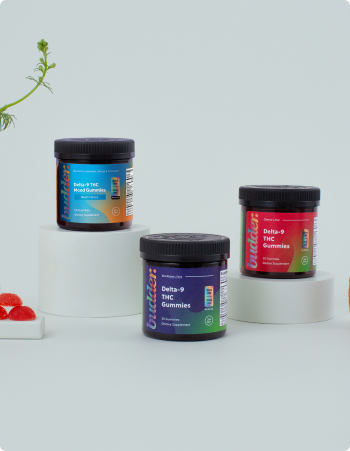











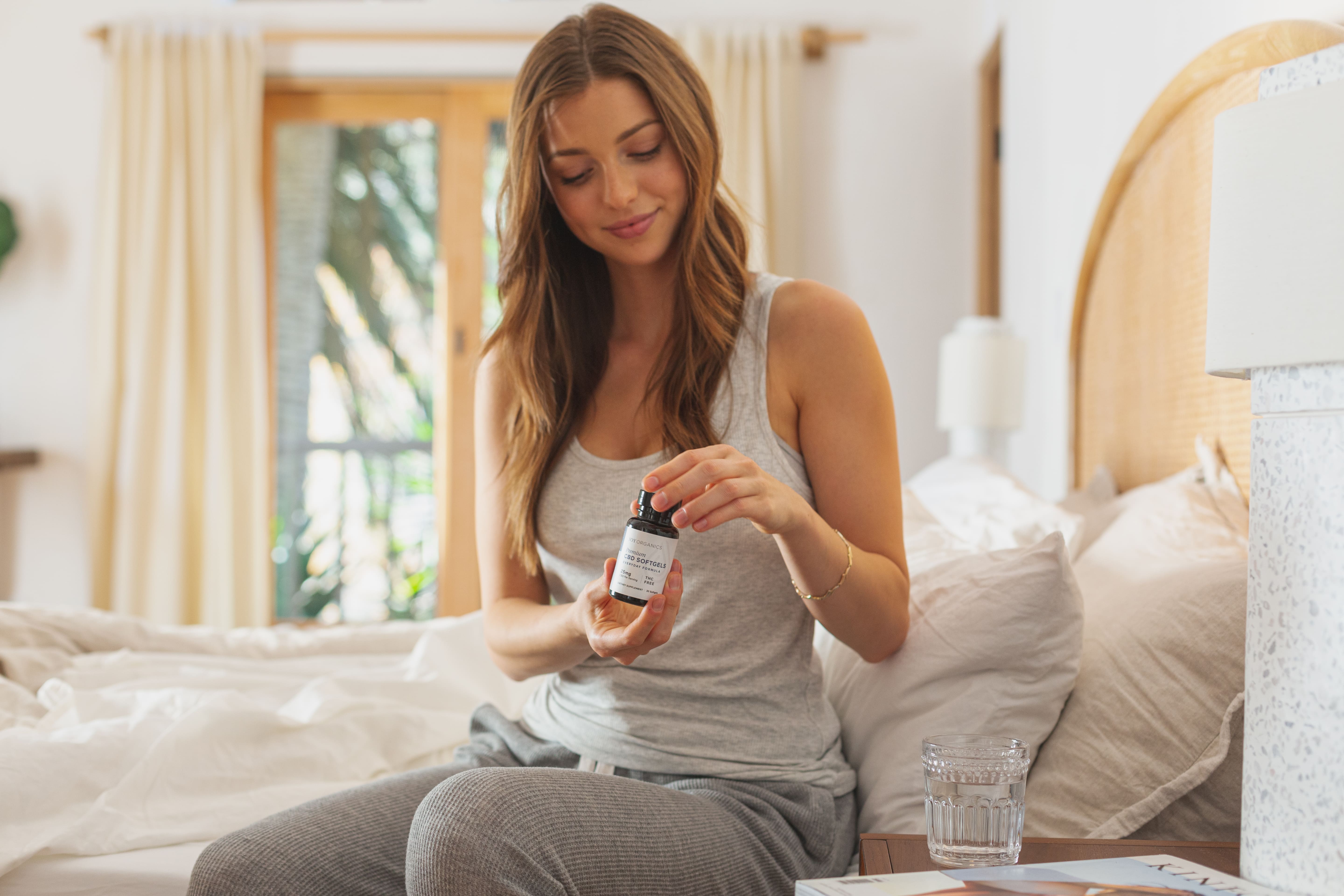
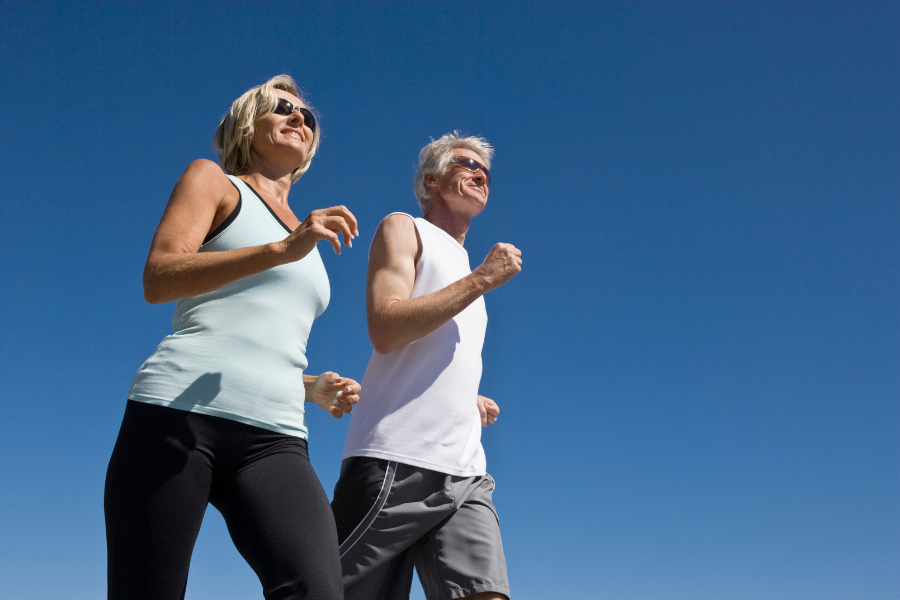

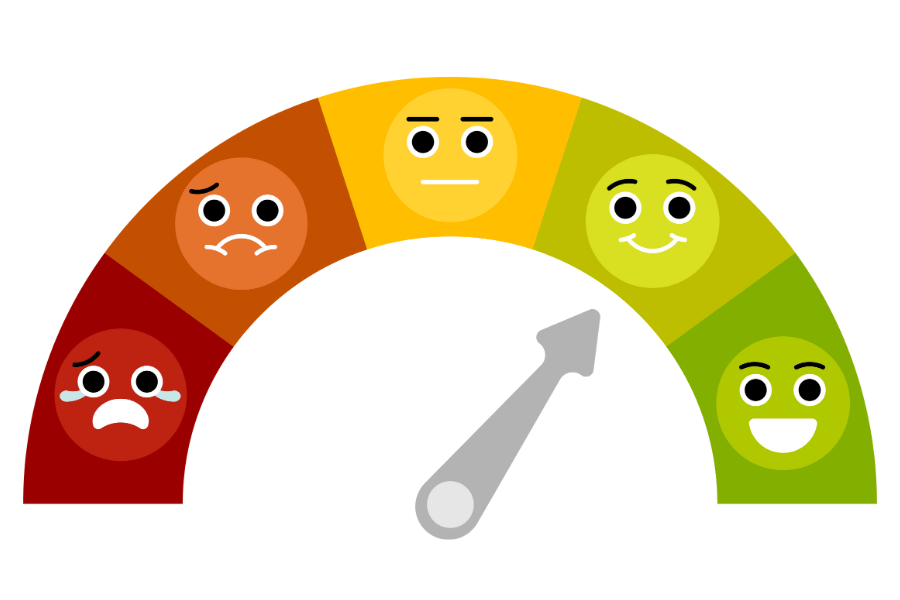
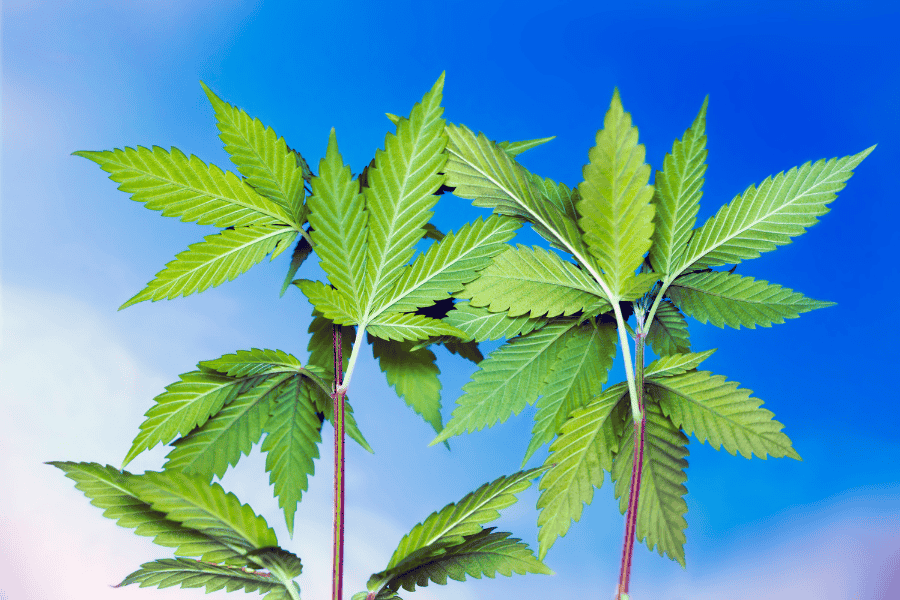
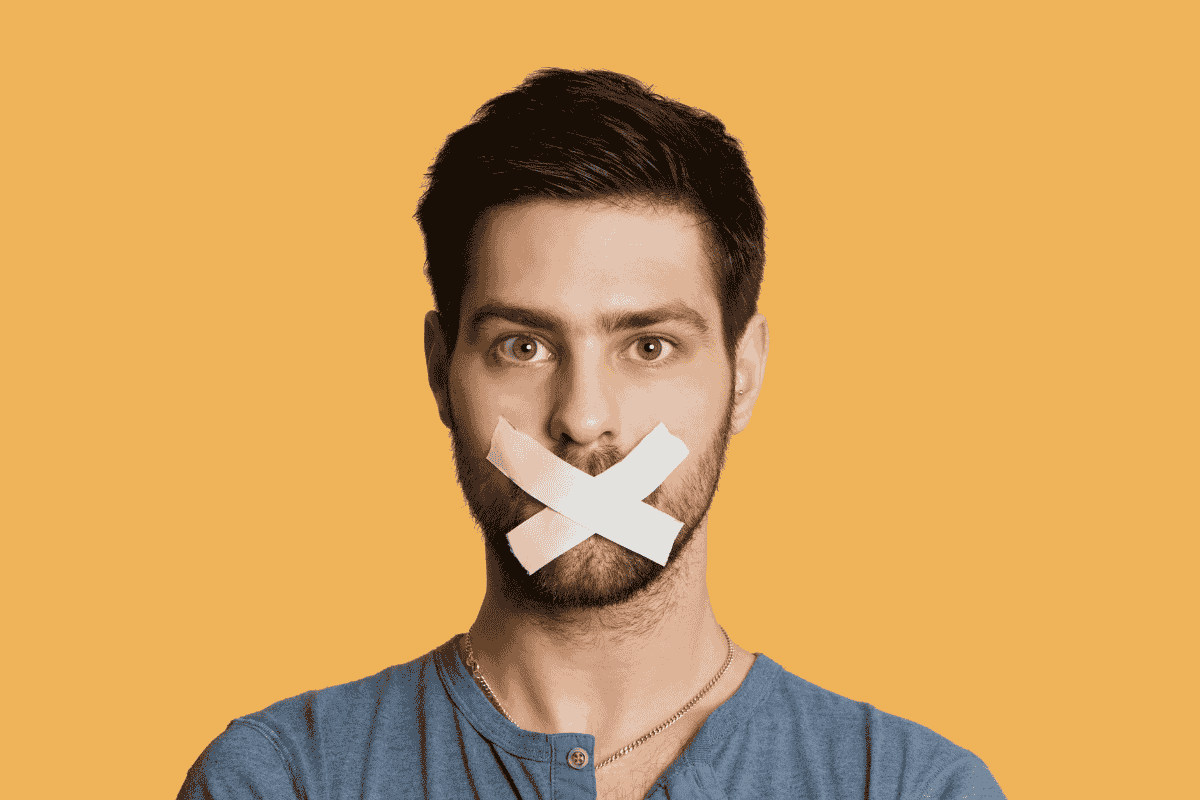
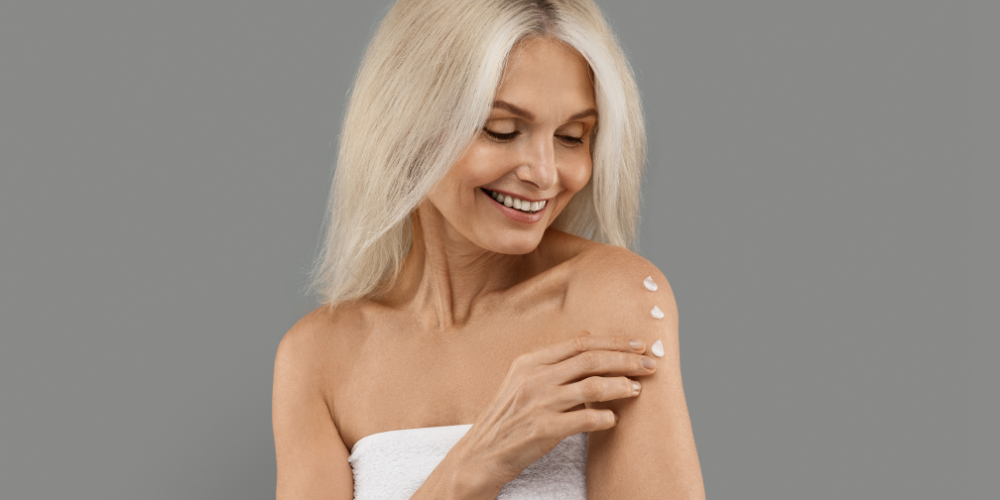
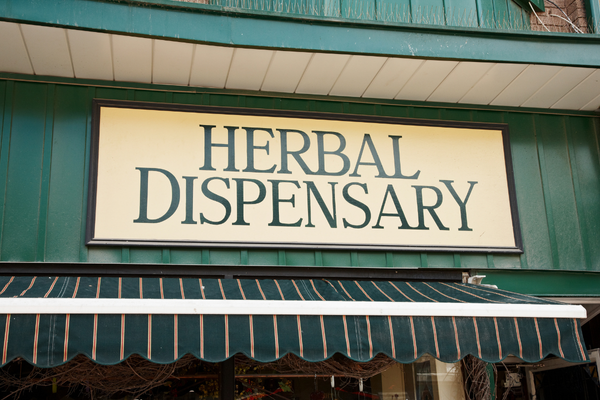
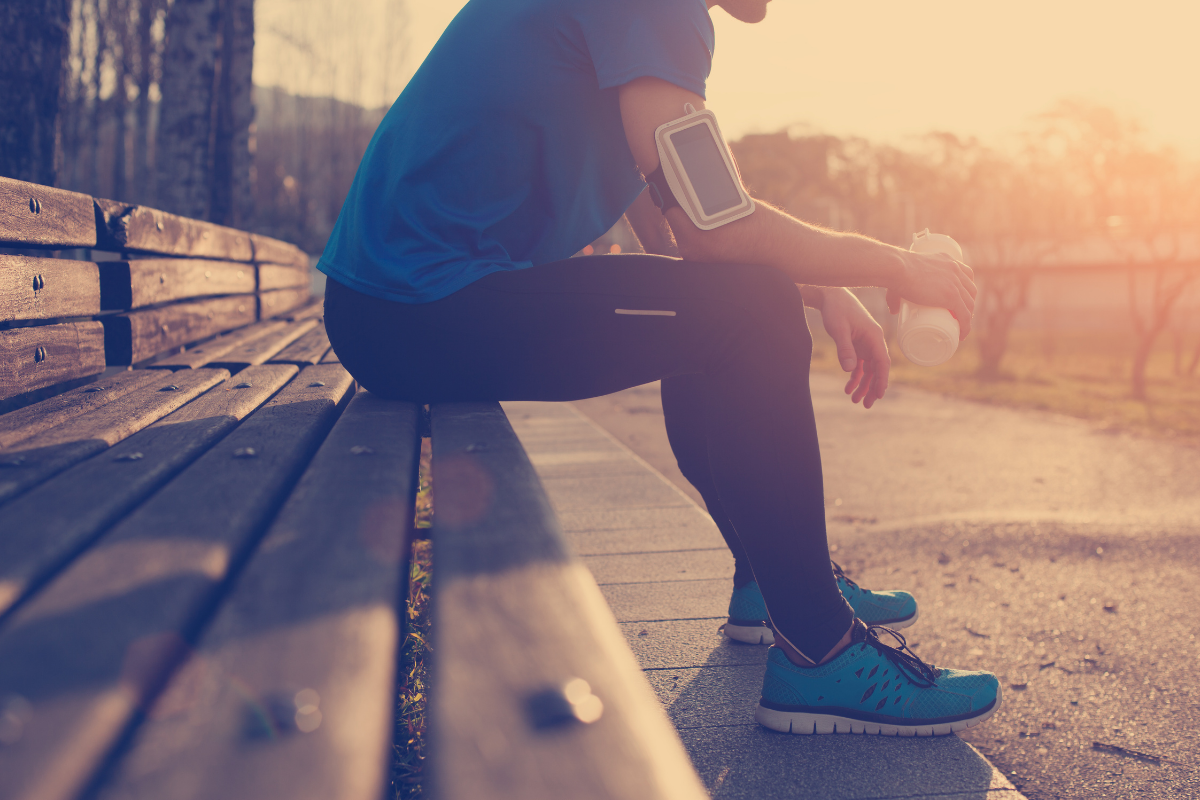


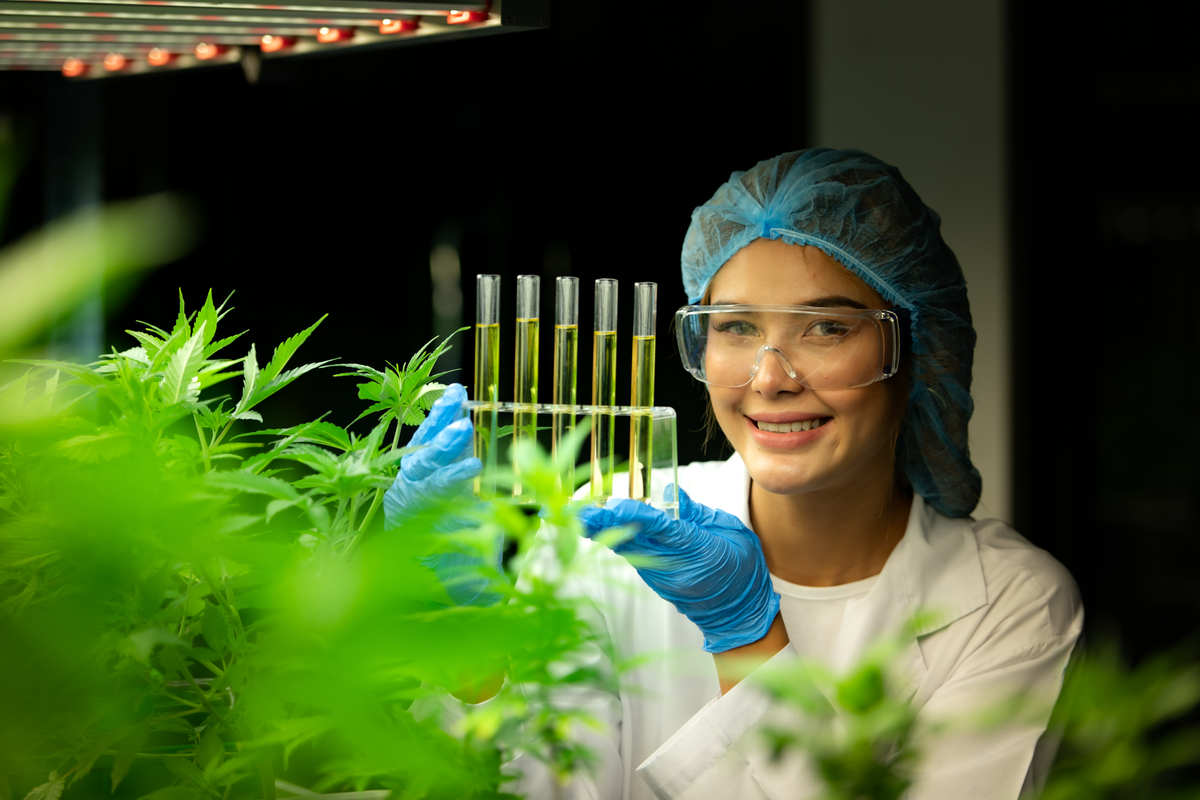

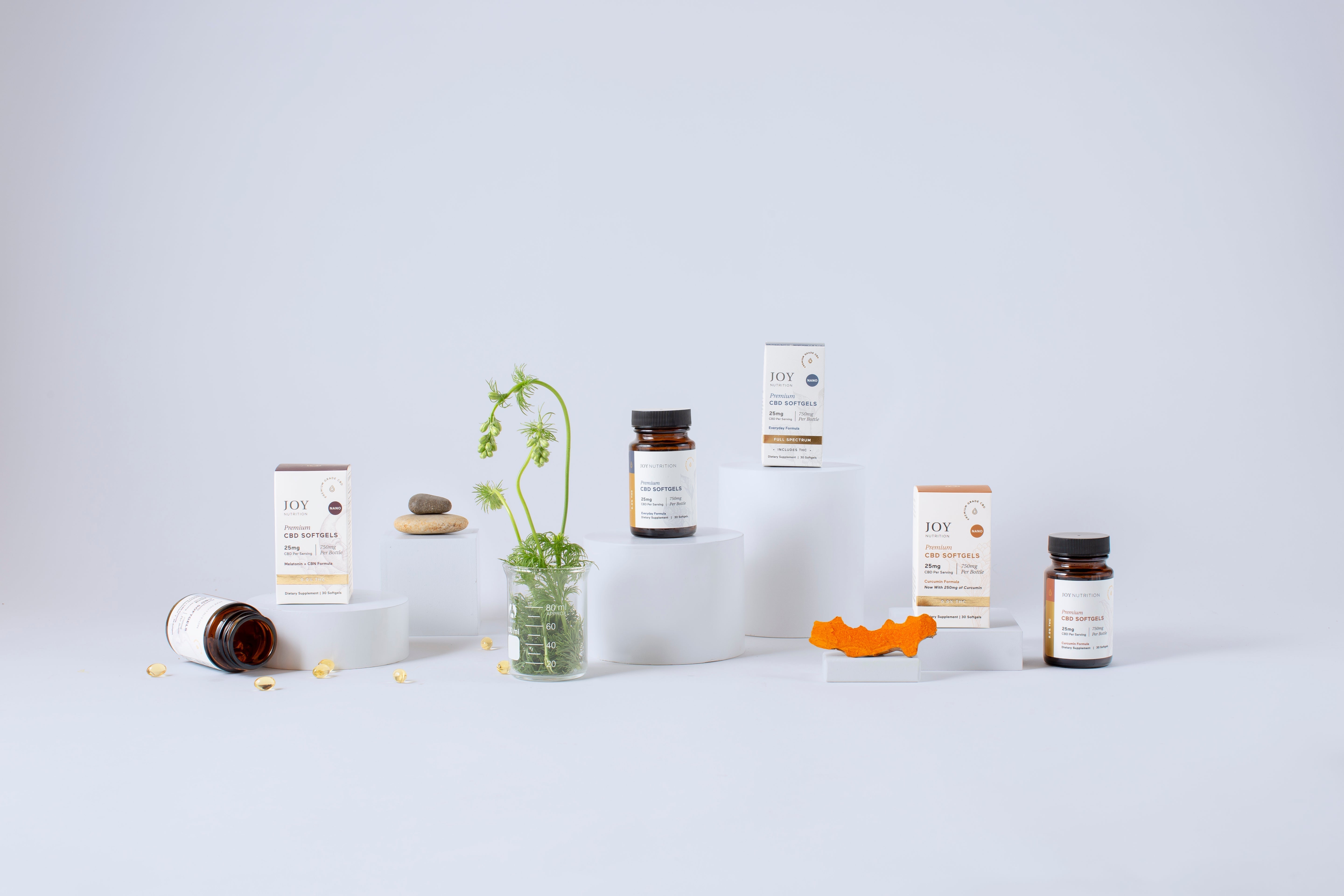
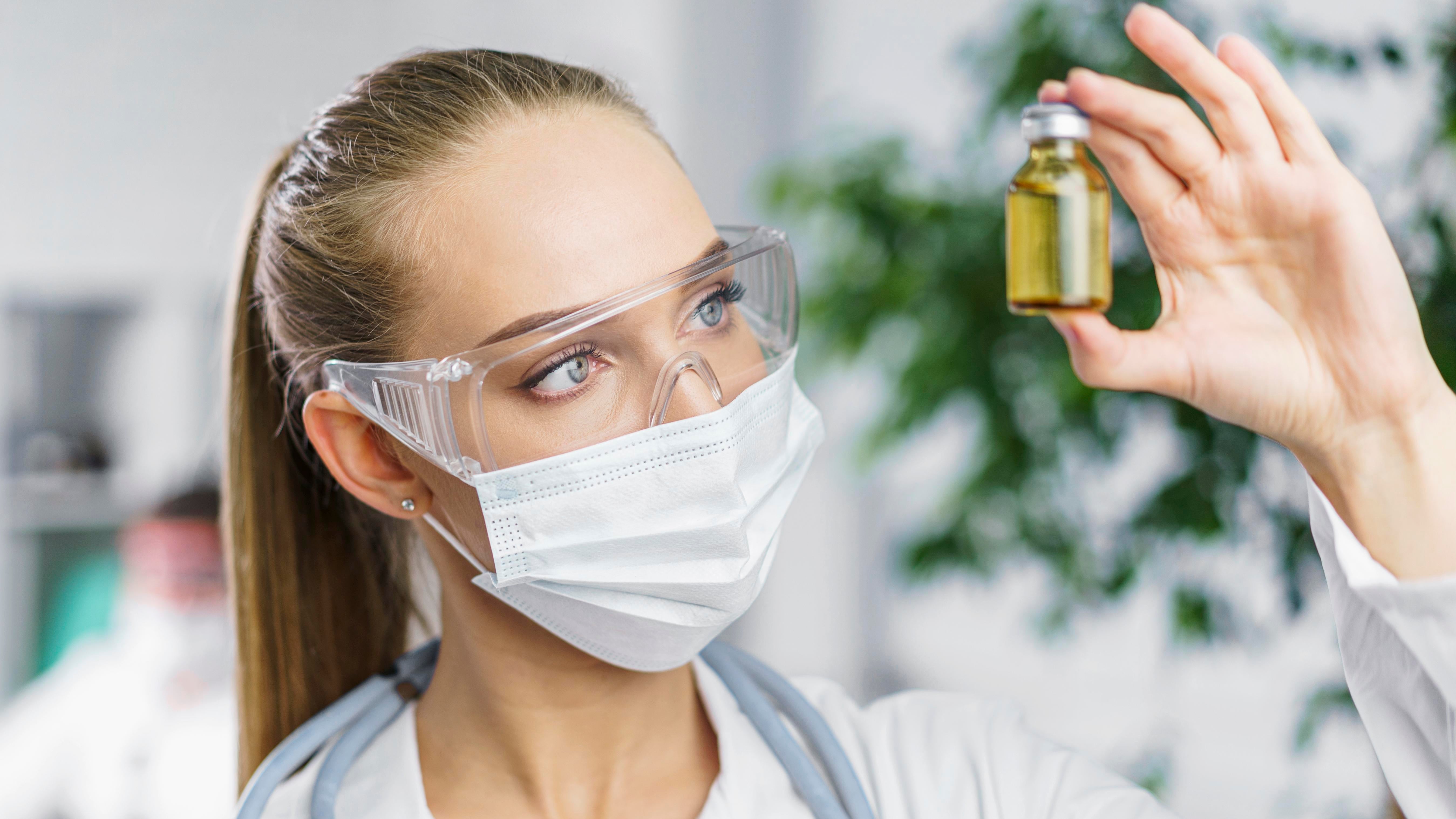


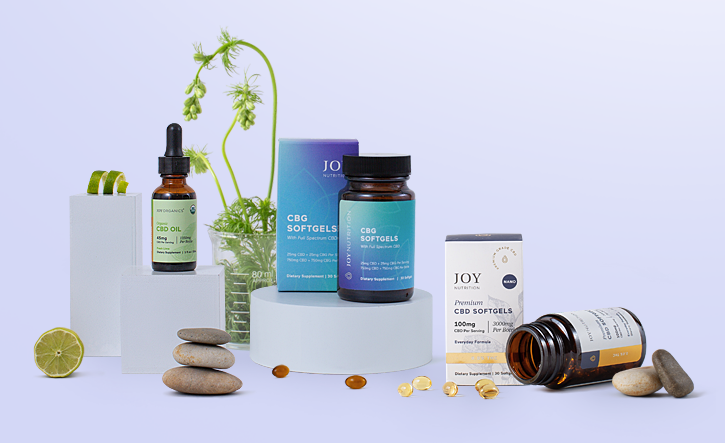


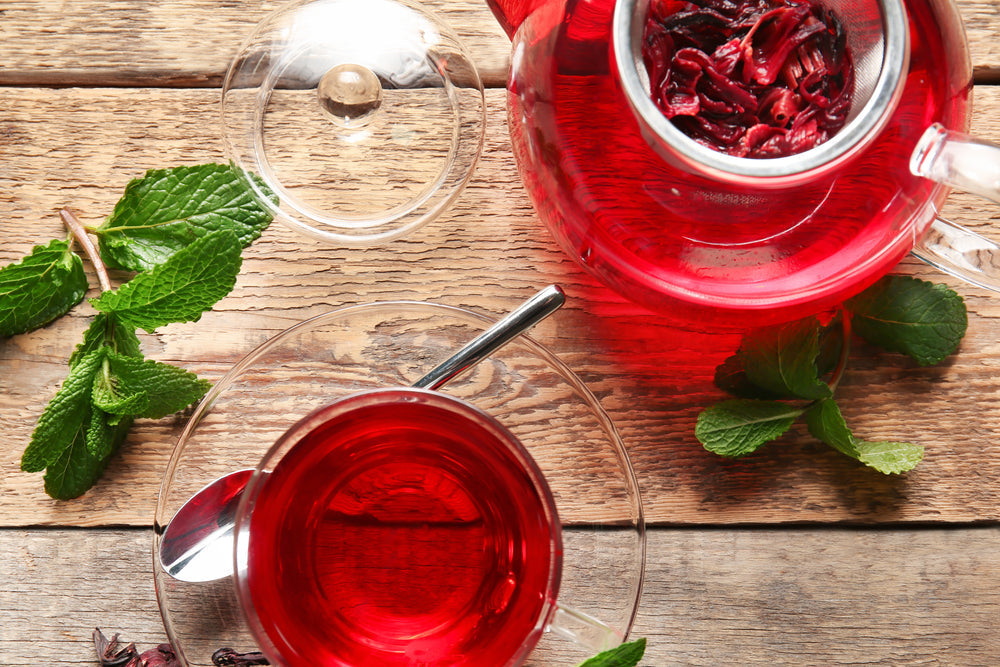


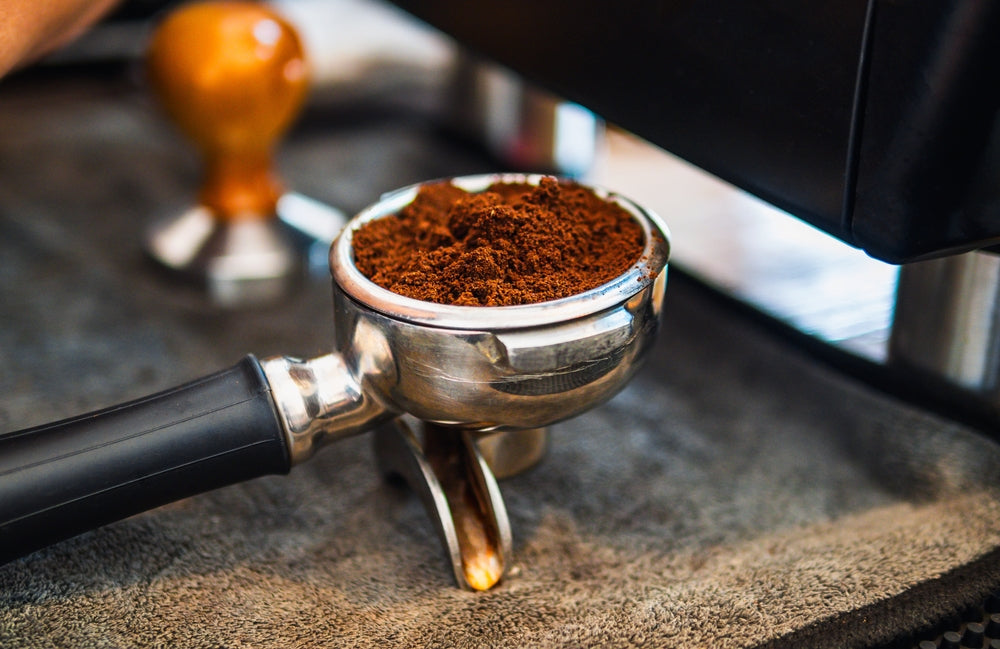

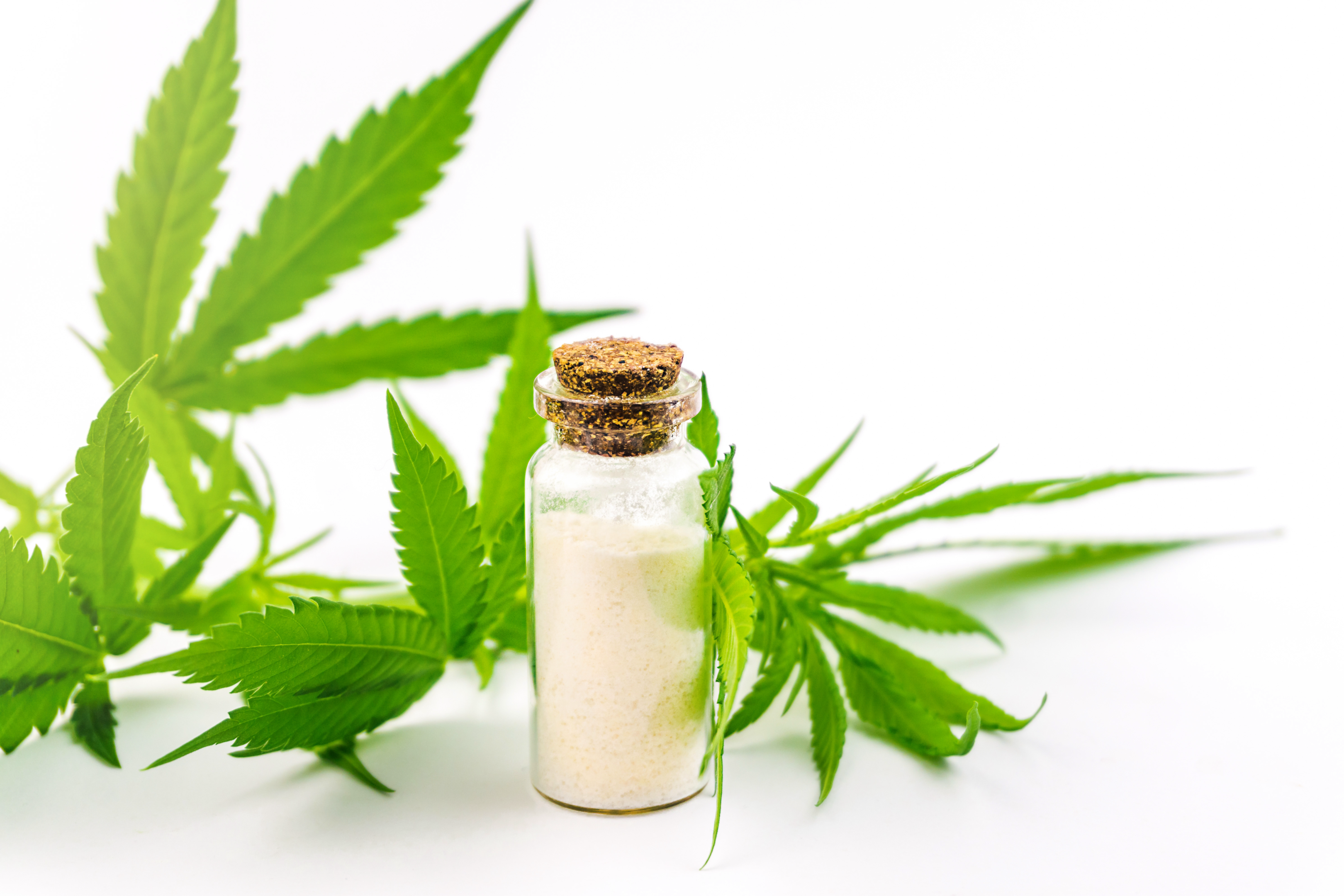
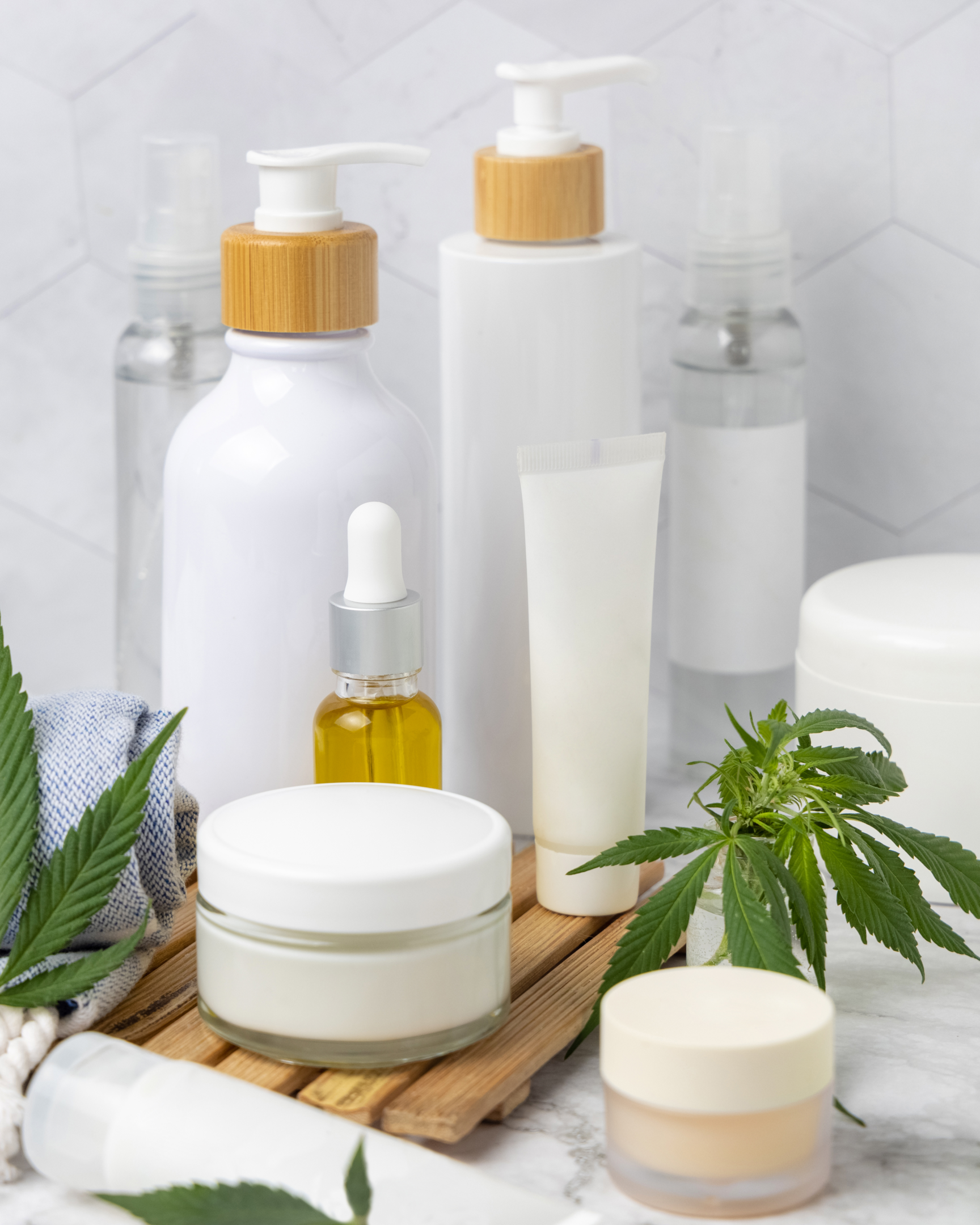
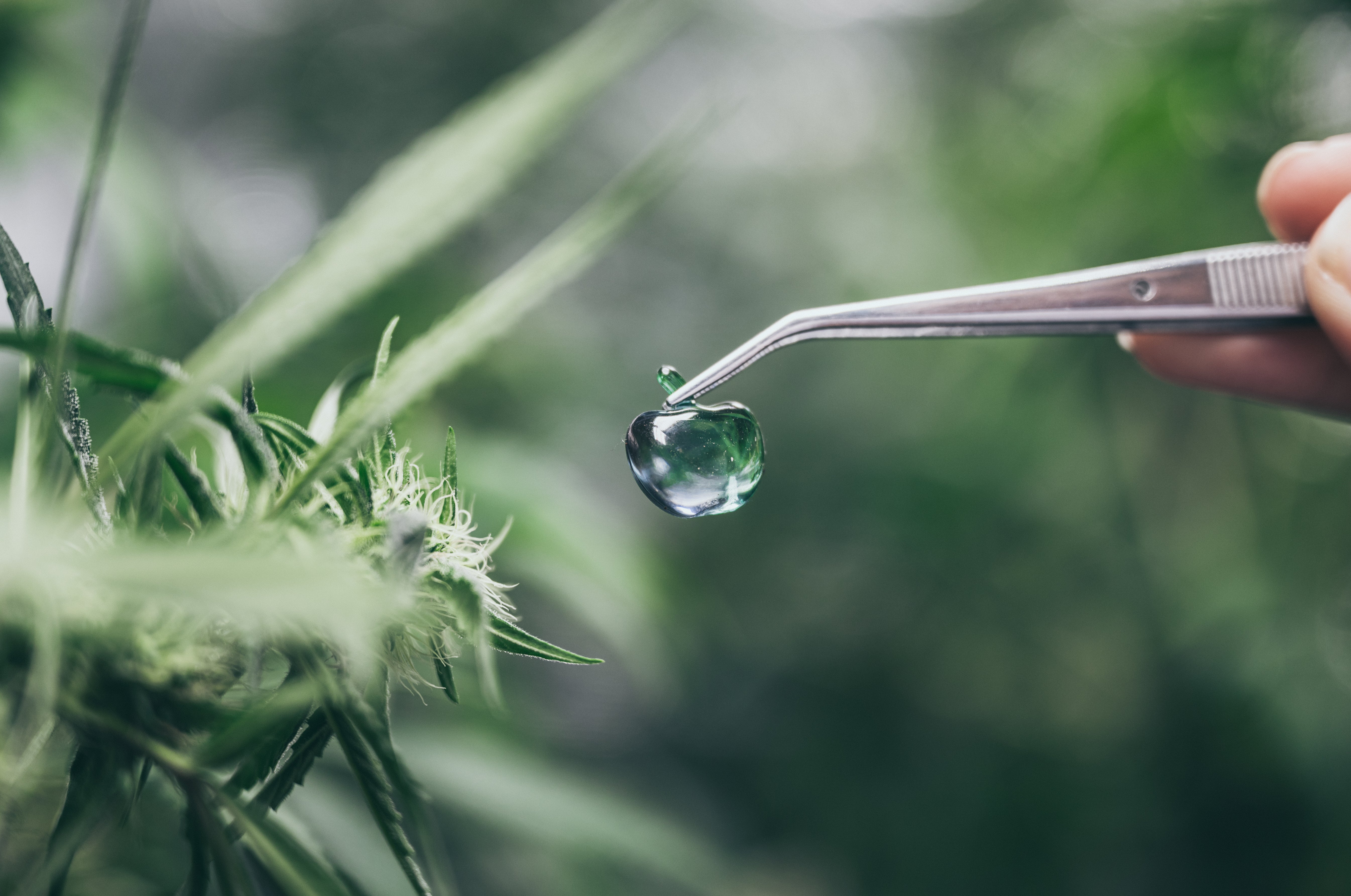
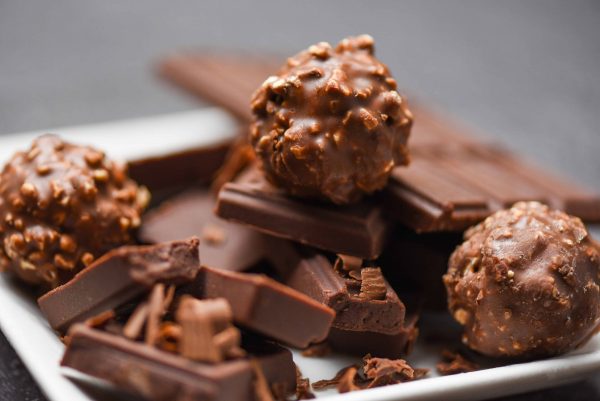
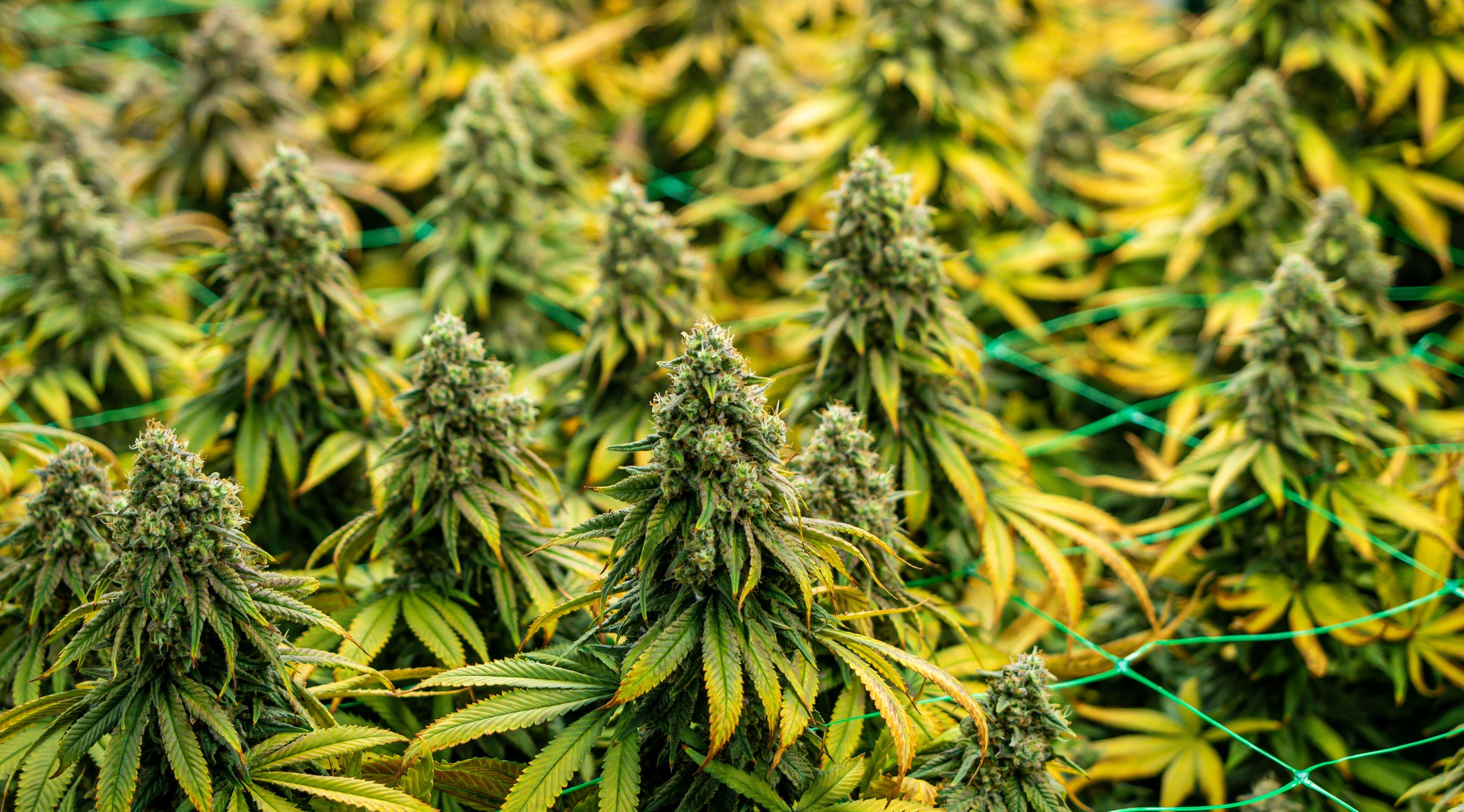

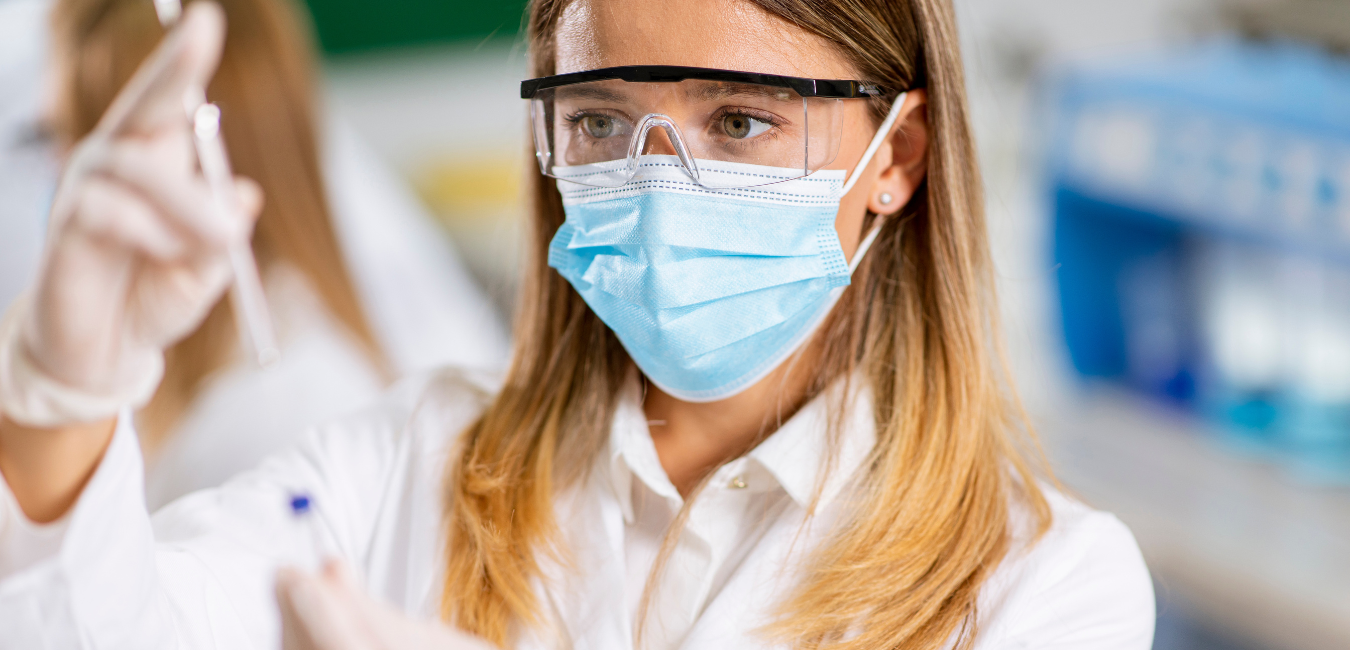
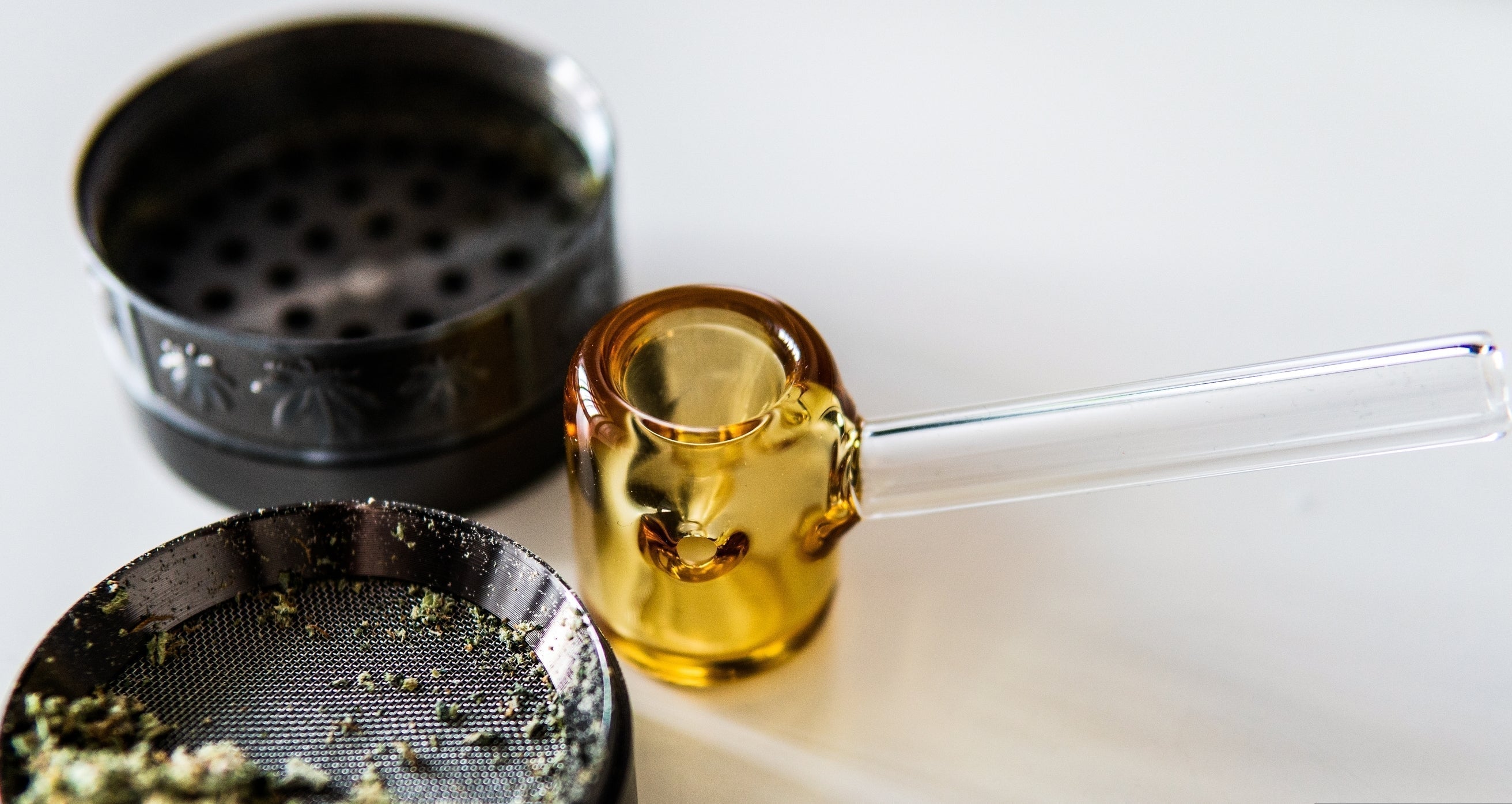

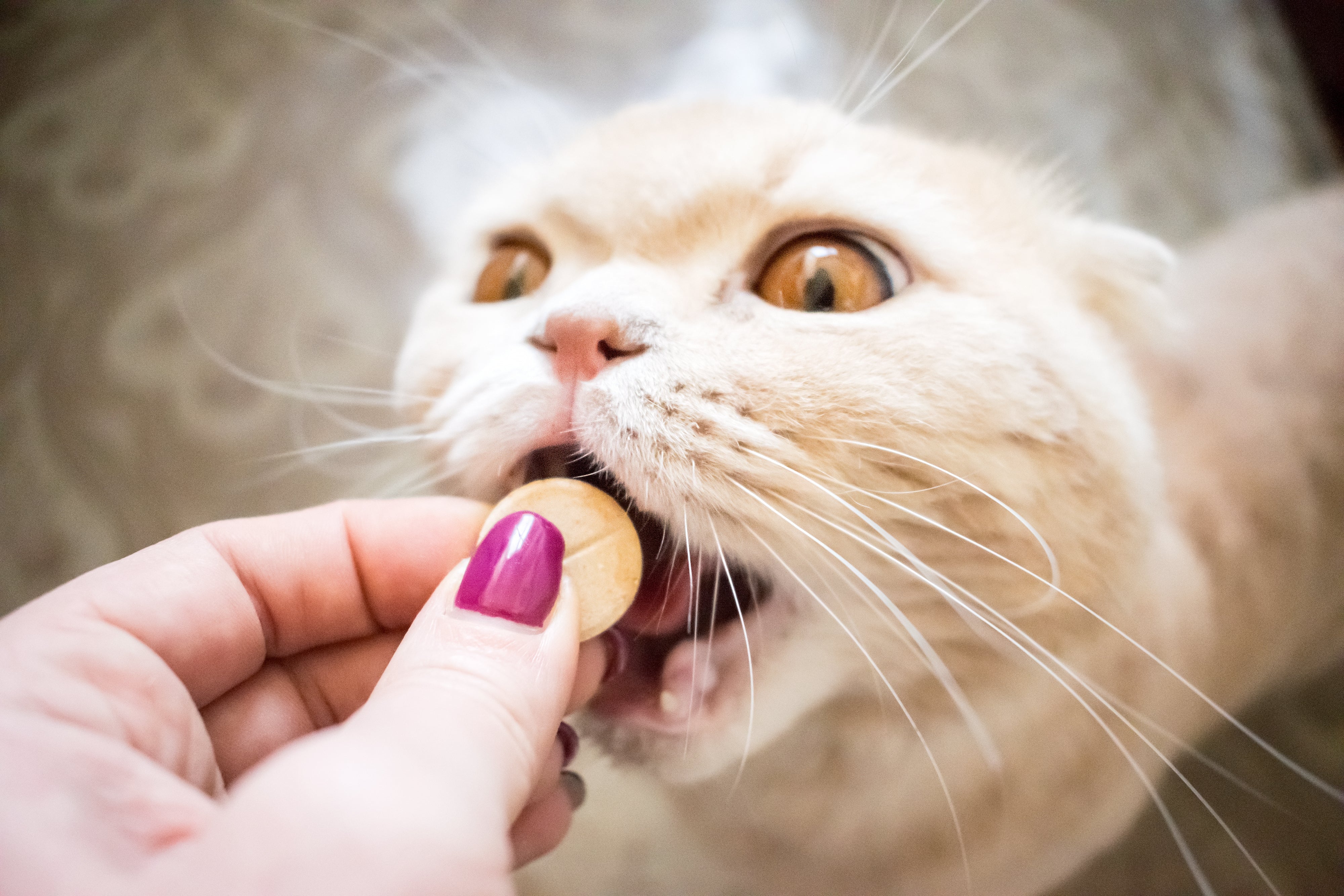
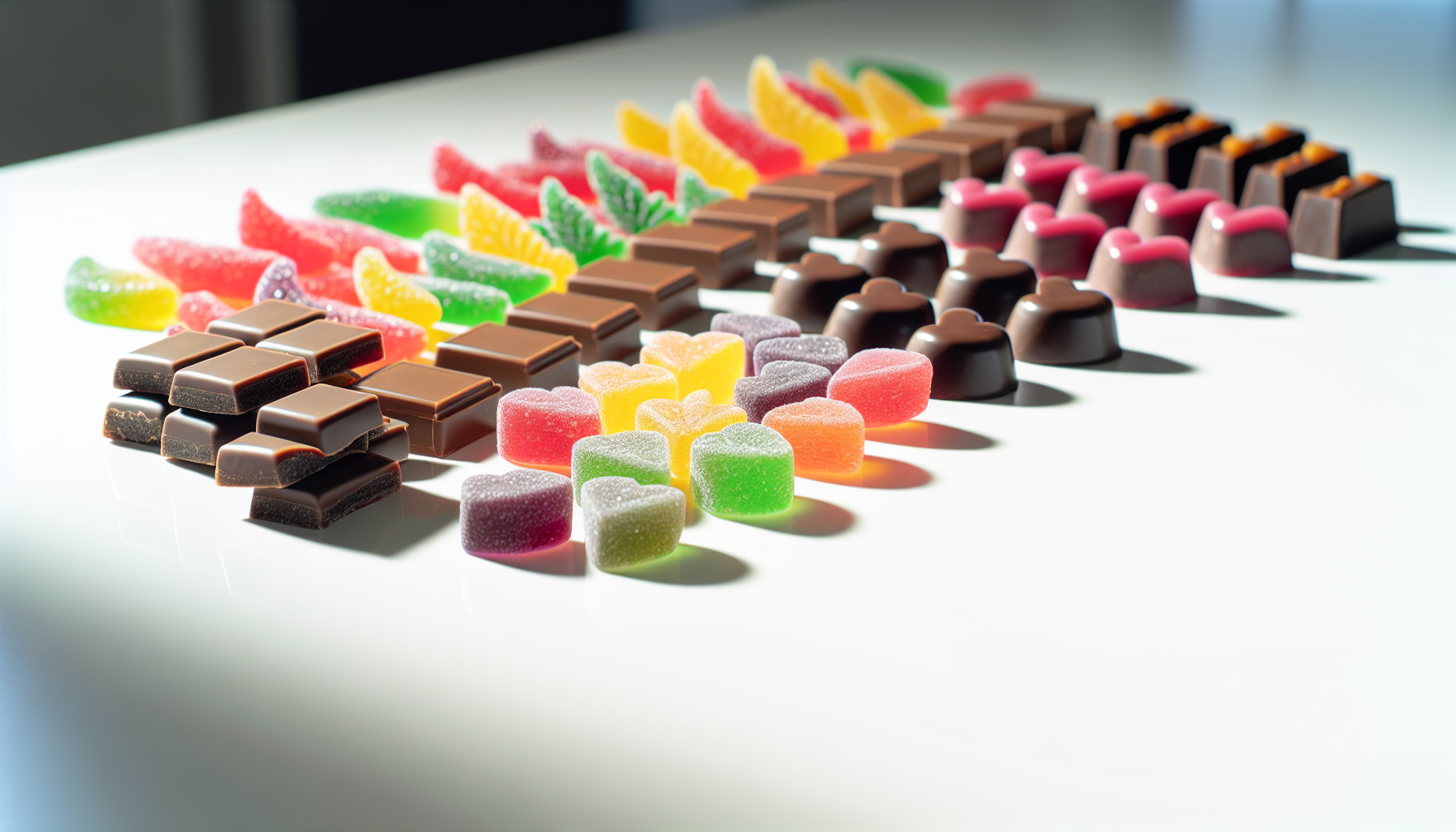
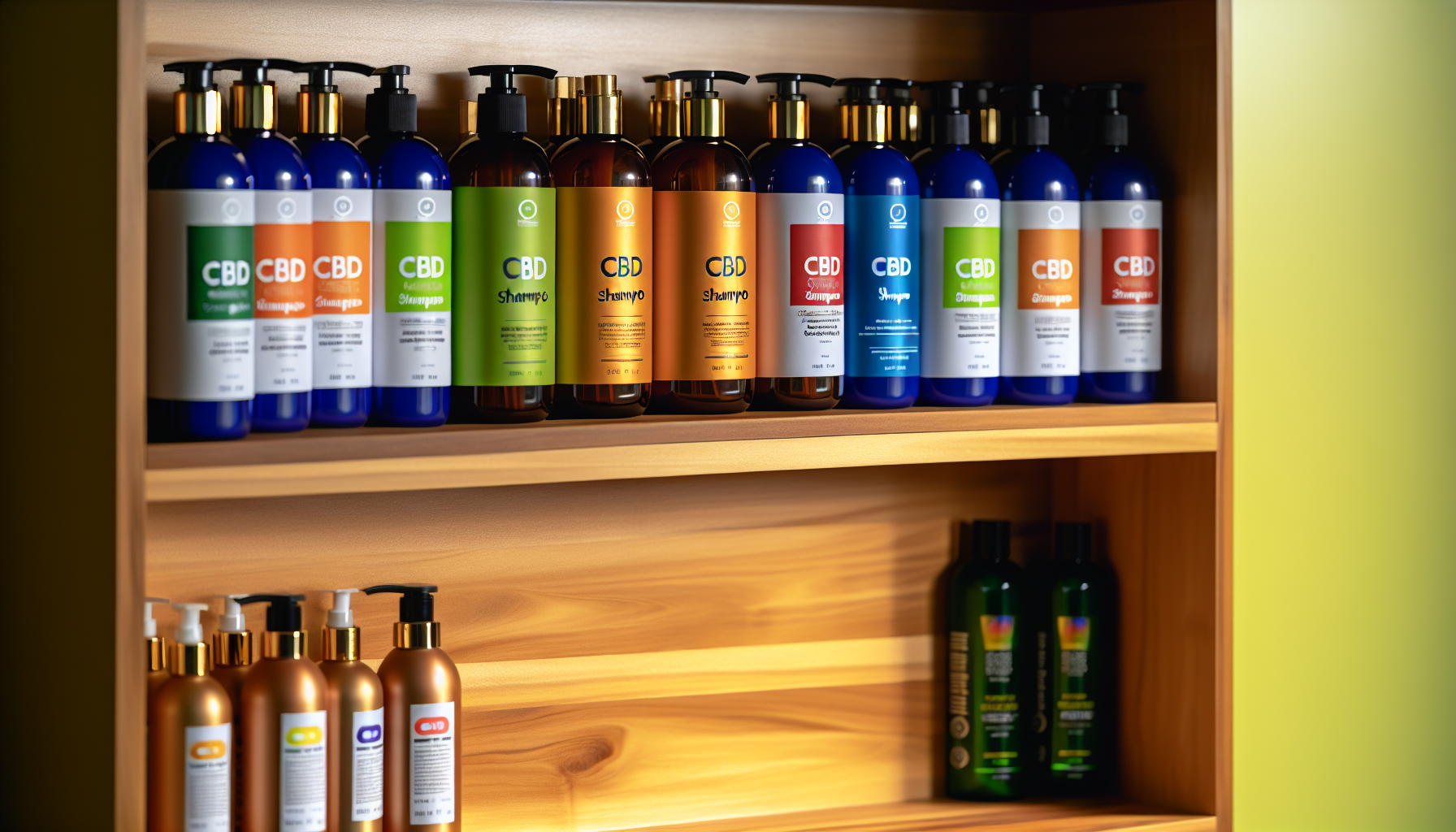
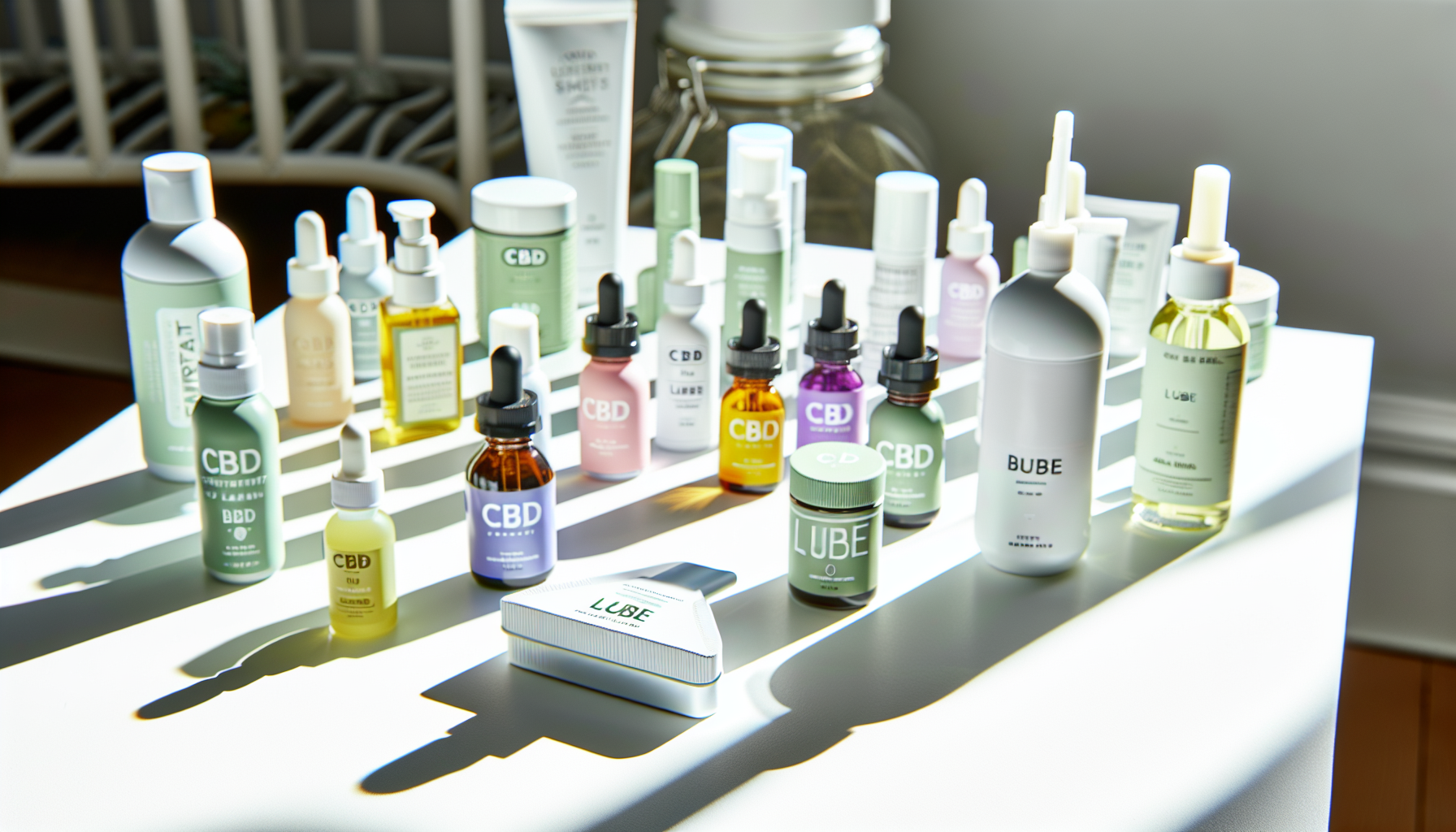
Join In On The Conversation
Your email address will not be published. Required fields are marked * Comments will be approved before showing up.